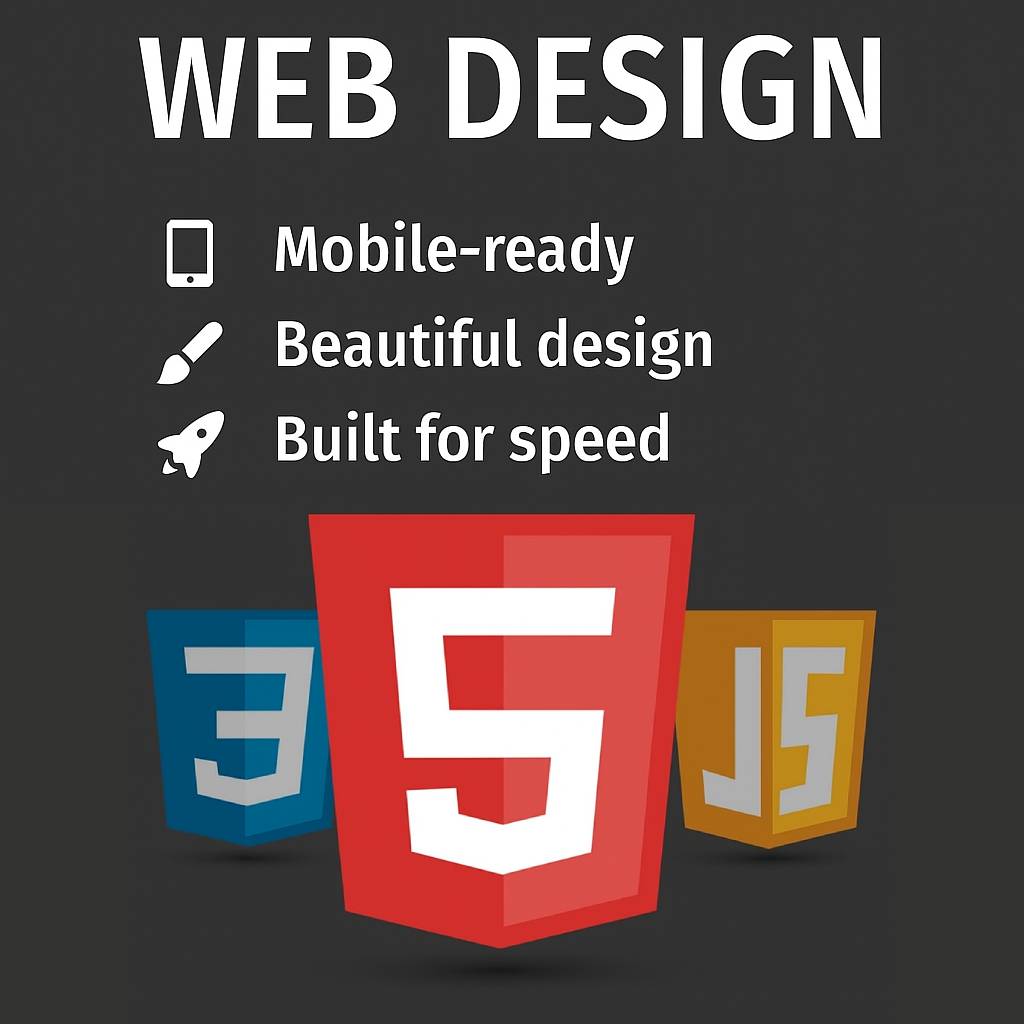Post at a Glance
5 Modern SEO Practices
Search Engine Optimization (SEO) remains a cornerstone for businesses aiming to enhance their online visibility and drive organic website traffic. As search engines like Google continue to refine their algorithms, staying abreast of modern SEO practices is crucial for maintaining a competitive edge.
This blog post delves into the contemporary strategies and tools that define effective SEO, including insights into organic SEO and the often-overlooked role of CSS in optimizing website performance. We’ll explore essential tools like Screaming Frog, Moz (formerly SEOmoz), and Ahrefs, and provide actionable advice to help you succeed in today’s SEO landscape.
The Evolution of SEO
SEO has undergone a remarkable transformation since its early days in the 1990s. Back then, it was largely about stuffing keywords into content and building as many links as possible, often through questionable tactics like link farms.
However, search engines have since evolved, prioritizing user experience, content quality, and technical performance over manipulative strategies. Today, SEO is a sophisticated discipline that blends technical optimization, content strategy, and user engagement. Understanding this shift is essential to grasping the modern practices that drive success in search engine rankings.
Modern SEO is no longer just about pleasing algorithms—it’s about delivering value to users. Google’s updates, such as the Page Experience update and Core Web Vitals, emphasize factors like site speed, mobile-friendliness, and usability. This evolution sets the stage for the tools and techniques we’ll discuss, which help marketers adapt to these changing priorities.
Modern SEO Practices: Screaming Frog, Moz, and Ahrefs
A robust SEO strategy relies on powerful tools to audit, analyze, and optimize websites. Three standout tools—Screaming Frog, Moz, and Ahrefs—are must-haves for any SEO professional. Here’s how they contribute to modern SEO practices:
Screaming Frog for Modern SEO Practices

Screaming Frog is a desktop-based website crawler renowned for its technical SEO auditing capabilities. It scans websites to identify issues that could impact search engine performance, such as:
By providing a detailed snapshot of a site’s technical health, Screaming Frog empowers SEO specialists to fix problems that might otherwise go unnoticed. For example, resolving duplicate content can prevent search engines from penalizing your site, while fixing broken links improves user experience—both critical factors in modern SEO.
Moz (Formerly SEOmoz)
Moz, originally known as SEOmoz, is a leader in SEO software, offering a suite of tools that cover multiple aspects of optimization. Its key features include:

Moz excels at on-page optimization, offering suggestions for improving content readability and search engine compatibility. Its user-friendly interface makes it accessible to beginners while still providing depth for advanced practitioners.
Ahrefs

Ahrefs is a powerhouse for backlink analysis and competitive research, though its capabilities extend far beyond that. It offers:
Ahrefs is particularly valuable for understanding how backlinks—the backbone of SEO authority—contribute to rankings. By analyzing competitor strategies, you can replicate their successes and avoid their pitfalls.
These tools work together to provide a 360-degree view of your SEO efforts, from technical fixes (Screaming Frog) to content optimization (Moz) and link-building strategies (Ahrefs).
Modern SEO Practices Organic SEO: The Heart of Sustainable Growth
Organic SEO is the practice of improving a website’s visibility in search engine results pages (SERPs) without relying on paid ads. It’s a long-term, sustainable approach that focuses on earning traffic through quality and relevance. Let’s break down its core components:
Modern SEO Practices Keyword Research
Effective organic SEO starts with understanding what your audience is searching for. Tools like Moz and Ahrefs provide data on keyword volume, competition, and user intent. Modern keyword research goes beyond chasing high-volume terms-it’s about aligning content with the why behind a search. For instance, a query like “best running shoes” signals a buyer’s intent, while “how to choose running shoes” suggests a need for information. Targeting intent ensures your content meets user expectations, a priority for search engines.
Content Optimization
Content is king in organic SEO, but only if it’s high-quality, relevant, and well-optimized. This means:
The goal is to create content that satisfies users while signaling its value to search engines. For example, a blog post like this one uses clear sections and descriptive headings to improve both user experience and crawlability.
Link Building
Backlinks from authoritative sites remain a top ranking factor. They act as votes of confidence, telling search engines your content is trustworthy. Modern link-building strategies include:
Quality trumps quantity—focus on earning links from relevant, high-authority domains rather than spamming low-value sites.
Technical Modern SEO Practices
Technical SEO ensures your site is easy for search engines to crawl and index. Key elements include:
Technical SEO ties into CSS practices, which we’ll explore next, as site performance is a shared concern.
The Role of CSS in SEO
CSS (Cascading Style Sheets) might seem like a design tool, but it significantly impacts SEO by affecting site performance and user experience. Search engines like Google consider page speed and rendering efficiency as ranking factors, making CSS optimization a hidden gem in modern SEO. Here are the best practices:
Minification
Minifying CSS removes unnecessary characters (spaces, comments, etc.) from your stylesheets, reducing file size. Smaller files load faster, improving site speed. Tools like CSSNano or online minifiers can automate this process, ensuring your CSS is lean and efficient without altering its functionality.
External Stylesheets
Using external CSS files instead of inline styles allows browsers to cache them. Cached files don’t need to reload on every page visit, speeding up subsequent page loads for returning users. For example, linking to styles.css in your HTML <head> is more efficient than embedding styles directly in each page.
Non-Blocking CSS
CSS can delay page rendering if not handled properly, frustrating users and hurting SEO. To prevent this:
This ensures users see content sooner, improving perceived performance—a metric Google tracks via Core Web Vitals like Largest Contentful Paint (LCP).
To Wit
Modern SEO is a dynamic blend of technical precision, content excellence, and user focus. Tools like Screaming Frog, Moz, and Ahrefs are invaluable for diagnosing issues, researching opportunities, and tracking progress. Organic SEO drives sustainable growth through keyword research, optimized content, strategic link building, and technical finesse. Meanwhile, best CSS practices enhance site performance, indirectly boosting rankings by delivering a seamless user experience.
As search engines evolve, so must your SEO strategy. By leveraging these tools and techniques, you can navigate the complexities of modern SEO and position your website for long-term success. Whether you’re auditing with Screaming Frog, analyzing backlinks with Ahrefs, or refining your CSS, every step brings you closer to mastering this ever-changing field.
REQUEST SEO SERVICES
Looking for web design or SEO services? Fill out this short form and we’ll contact you to talk about your project needs. Help us understand your vision so we can deliver a tailored, user-friendly design that effectively represents your brand
Related Posts:

















